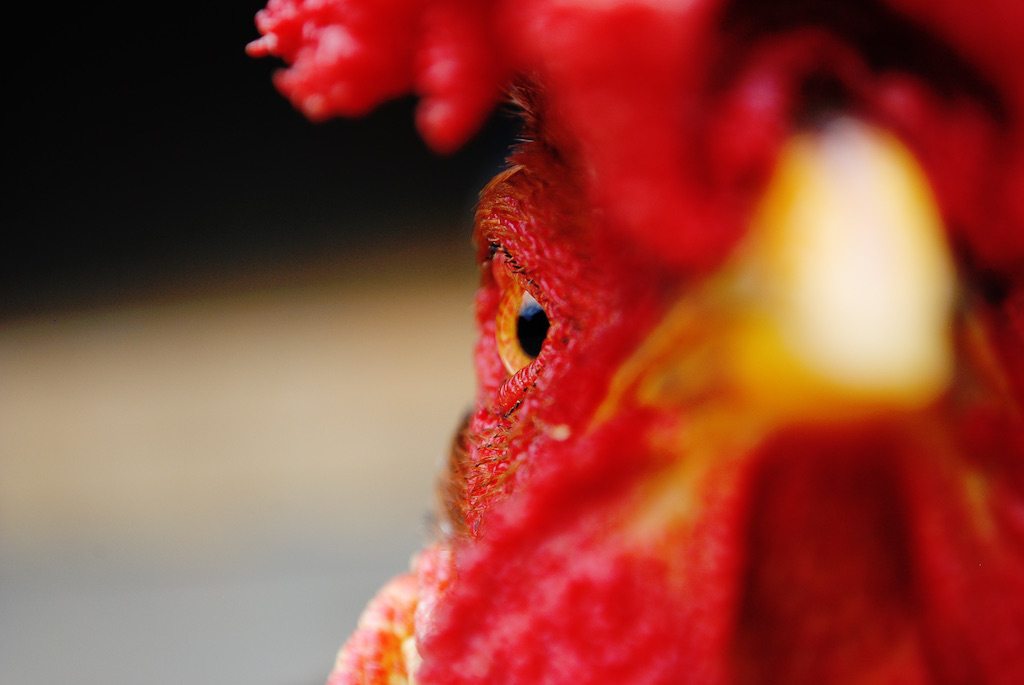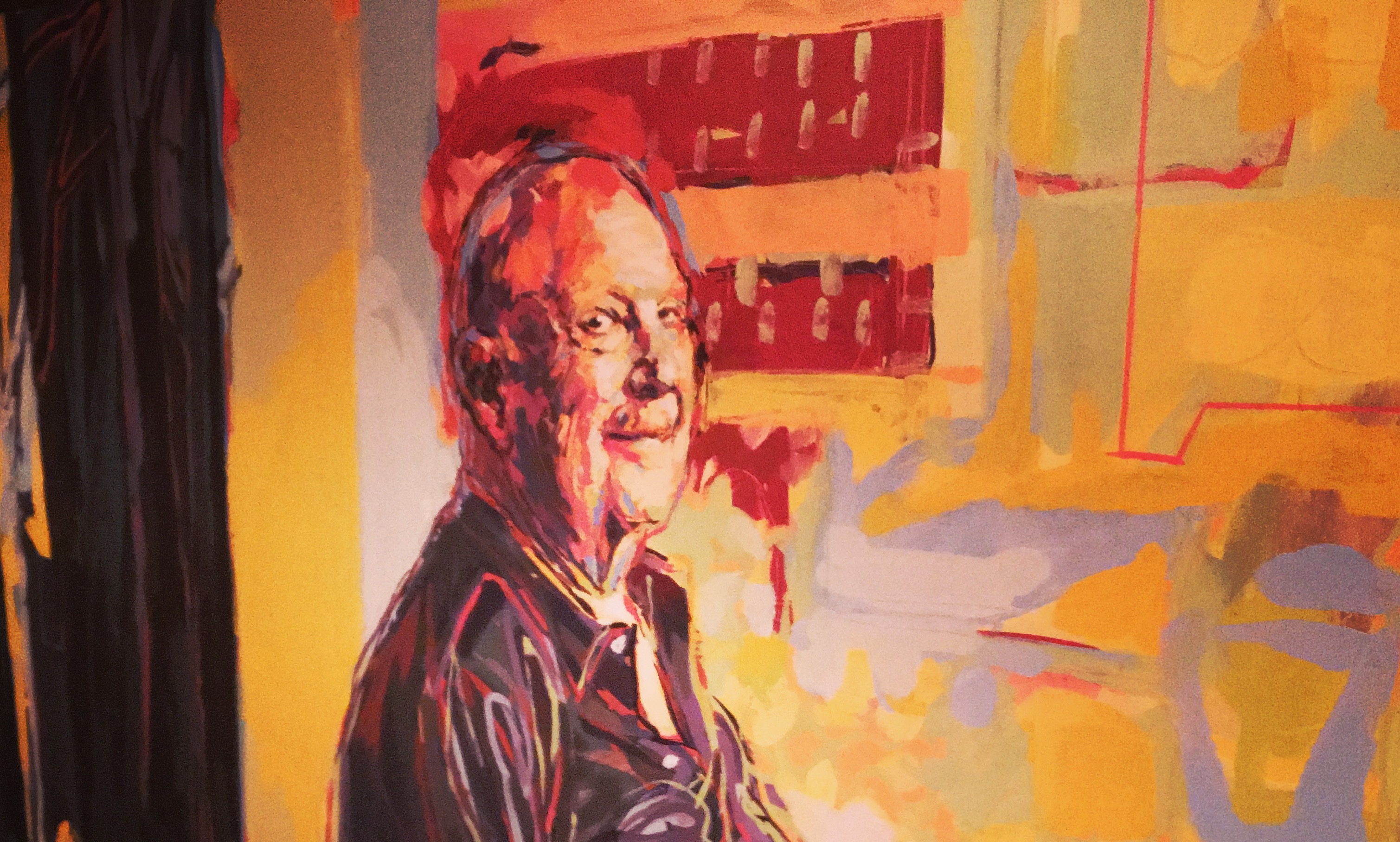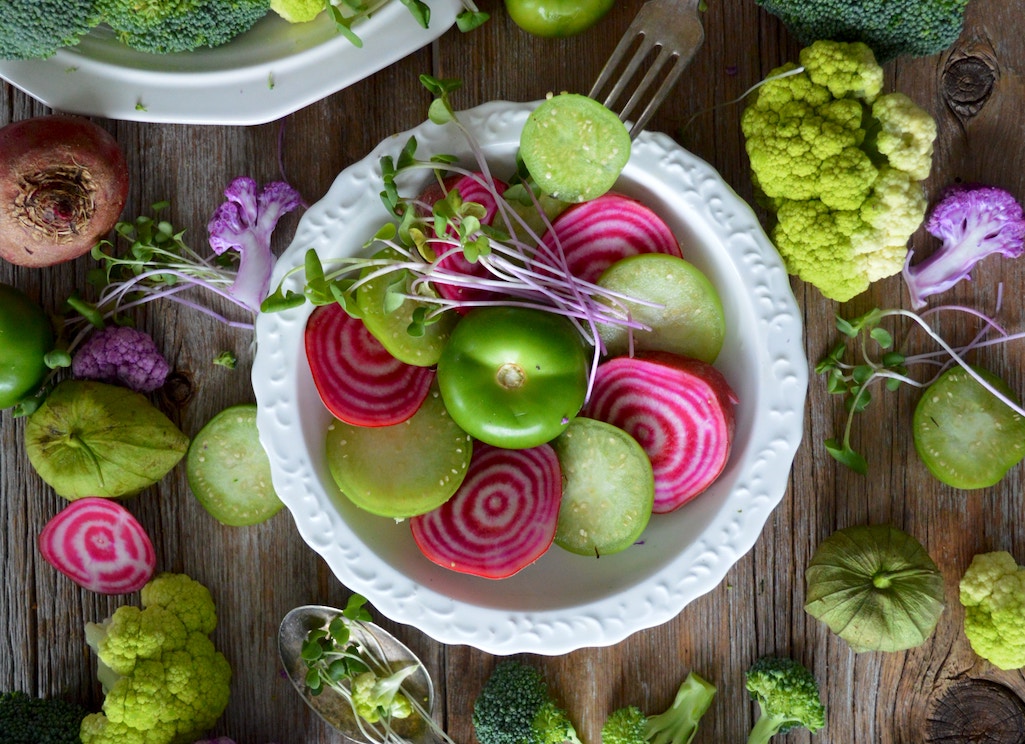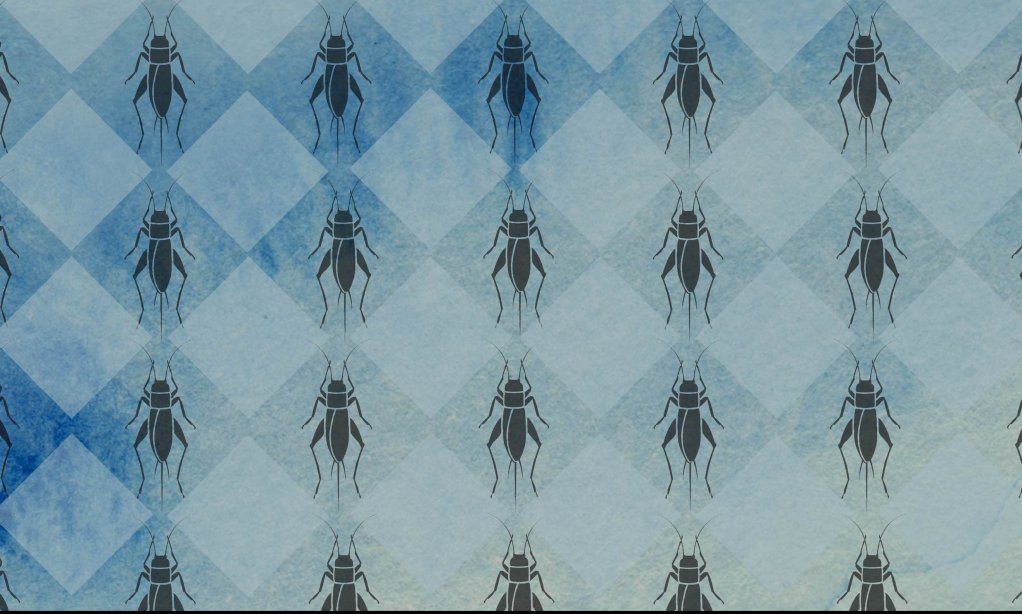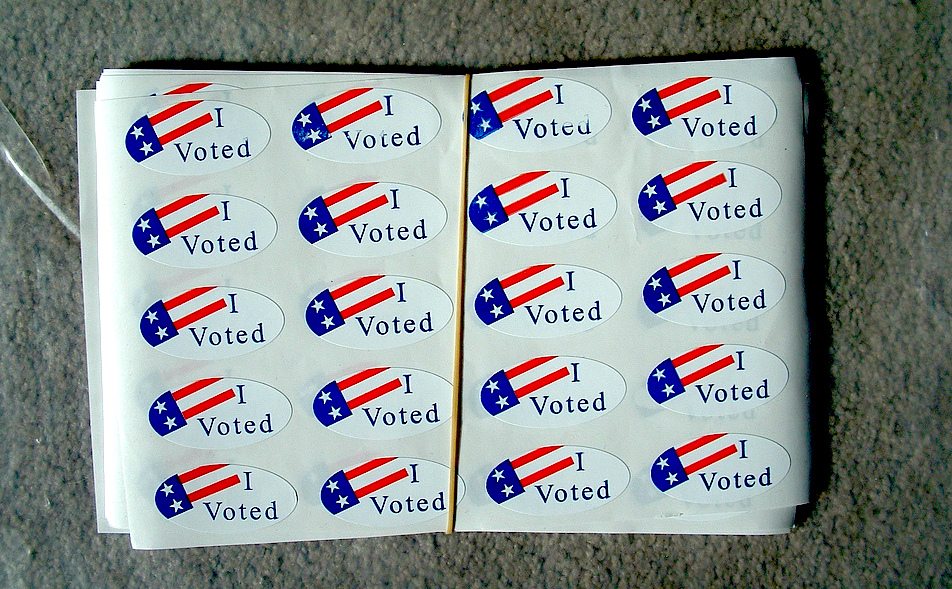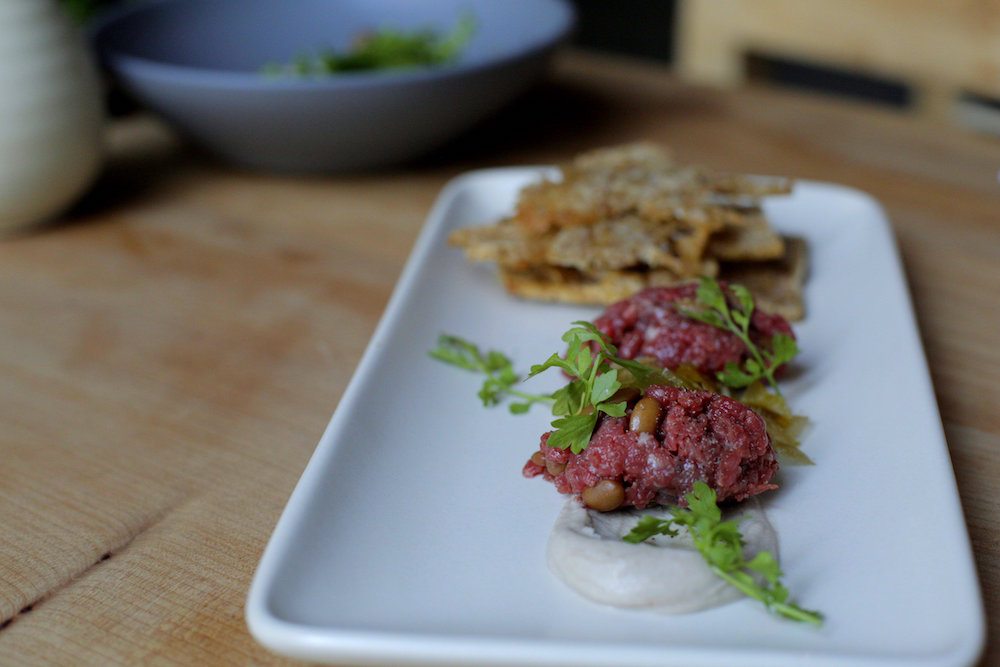
Patrick Wong
For fine dining’s chef auteurs, food is an art form and the plate’s a blank canvas. But the authors of a new study have some advice: skip the fancy stuff and stick to the middle.
A group of Oxford University researchers asked more than 7,000 participants the same question—”which plate of food do you like more?”—before having them choose between a set of paired dishes. Both plates featured four scallops lined end-to-end in a straight row, laid out with one key difference: Each pairing pitted a “balanced” choice (scallops lined down the middle of the plate) against an “unbalanced” one (scallops pushed off to the side).
 ScienceDirect
ScienceDirect A screenshot of the survey
Participants preferred the balanced, symmetrical offerings, typically choosing them by a wide margin—in some pairings, as much as 90 percent of the time. “People seem to have a clear preference for balanced over unbalanced presentations of exactly the same ingredients,” the authors wrote. “It would seem that how ‘unbalanced’ a dish is, which could potentially be measured in terms of the distance of the food composition from the central point of the frame (plate), would be an essential component in terms of modelling visual preferences in plating.”
Taken at face value, the lopsided data suggests chefs should reconsider the practice of arranging food in stylish half-moons around the rim of the plate. And maybe asymmetric presentation really is more pretentious than palatable. But the study also had major limitations, some of which the authors pointed out.

Examples of the contemporary trend toward asymmetrical plating, uploaded to @TheArtofPlating on Instagram by users @ivan_medina93, @one_restaurant, Rodolfo Guzmán and Curtis Duffy.
As neurogastronomists like to remind us, taste is about much more than the ingredients that hit the tongue. A variety of cues—the shape of the table, the size of the plate, the smell of the food, the surrounding decor—also affect our enjoyment of the dish. In this case, participants merely selected images on a screen, but what about the other sensory cues that affect the appetite? I’m guessing most people care less about plating balance when a mouthwatering smell is wafting up from their scallops, but the study’s subjects only had looks to go on.
At the same time, chefs have other visual tools at their disposal—like layout, color, balance, and height—that might make an off-center entree more alluring. And all the plates in the study were square—would round platters have made a difference? A meal’s context matters, too. Unorthodox presentation can enhance one’s sense of being in the hands of a groundbreaking or iconoclastic chef, which might enhance enjoyment in a setting where rule-breaking is the whole point of the meal.
Still, the study is a reminder that the hard-science lens is still a new approach to food aesthetics, and future studies may yield some surprising results. As technology makes large-scale studies more feasible—and as social media makes it easier than ever for chefs to informally poll their fans—data-driven decisions may increasingly enter the restaurant space.
https://www.instagram.com/p/BJb1_sGDznM/?taken-by=theartofplating
As the study’s authors put it:
In theory, the rapid growth of online testing platforms offers the chef the exciting opportunity to do quick tests of their dishes. For example, it is now possible to upload a picture of one׳s culinary creations onto the internet one evening, and have the opinion of several hundred potential diners concerning how they would like the dish to be plated fed back to the kitchen the next morning, ready for that day׳s service. It is now increasingly easy to collect data online, as well as in citizen science experiments, and there is a growing public interest in the topic of food aesthetics. The sense is that the science of plating, or rather the scientific approach to aesthetic plating, will continue to grow in the years to come.
Why not? It happened in baseball. Working up the lineup before the game used to be an intuitive decision—based on years of experience, sure, but with a heavy dose of intuition, too. There’s a certain romance to that approach. But anyone who’s seen Moneyball knows that coaches now outsource those decisions to the machines.


